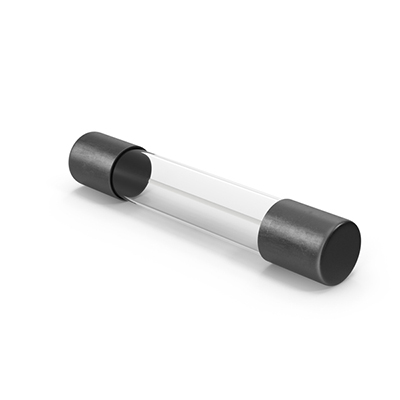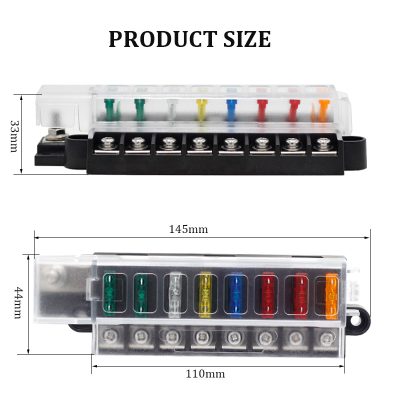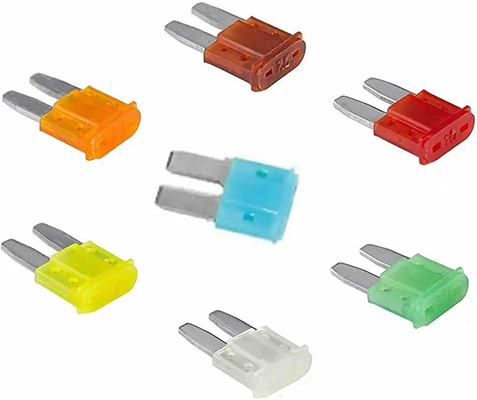Automotive Glass Fuses: Key Elements in Securing Car Heater Circuit Operations
News 2025-10-27
Automotive glass fuses are essential components in modern vehicles, specifically designed to protect electrical circuits from overcurrent and short circuits. In the context of car heater circuits, these fuses play a crucial role in maintaining system integrity and preventing damage that could arise from electrical faults. Typically made from glass tubes with metal end caps, they offer a reliable means of circuit protection by melting a thin wire element when excessive current flows, thereby breaking the circuit. This article delves into the specifics of automotive glass fuses used in car heater systems, highlighting their importance in ensuring safe and efficient vehicle operation.

Application Scenarios
Automotive glass fuses find extensive use in various parts of a vehicle’s electrical system, particularly in heater circuits that manage cabin temperature control. In scenarios involving high electrical loads, such as when activating the car’s heating elements during cold weather, these fuses safeguard against potential overloads. For instance, in electric vehicles or hybrid models, where heater circuits integrate with battery systems, glass fuses provide critical protection. Their compact size and fast response time make them ideal for applications in confined spaces, ensuring that any fault in the heater circuit does not escalate to affect other vehicle systems, thus maintaining overall reliability.
Performance Advantages
Glass fuses in automotive applications boast several performance benefits that enhance their effectiveness in car heater circuits. Their transparent design allows for easy visual inspection, enabling quick identification of blown fuses without the need for specialized tools. Additionally, these fuses offer precise current ratings, which are vital for protecting sensitive heater components from damage due to overcurrent. Compared to other fuse types, glass fuses provide rapid interruption of faulty circuits, minimizing the risk of fire or electrical hazards. This combination of attributes ensures longevity and cost-efficiency, making them a preferred choice for manufacturers aiming to optimize vehicle safety and performance.
Frequently Asked Questions
1. What is an automotive glass fuse?
An automotive glass fuse is a protective device consisting of a glass tube and a metal wire that melts to break the circuit during overcurrent events, commonly used in vehicle electrical systems.
2. How does a glass fuse protect heater circuits?
It interrupts the electrical flow by melting its internal element when current exceeds safe levels, preventing damage to heater components and avoiding potential fires.
3. When should I check or replace a glass fuse in my car?
Inspect and replace a glass fuse if the heater system malfunctions or if visual inspection shows a broken wire, typically during routine maintenance or after electrical issues.


